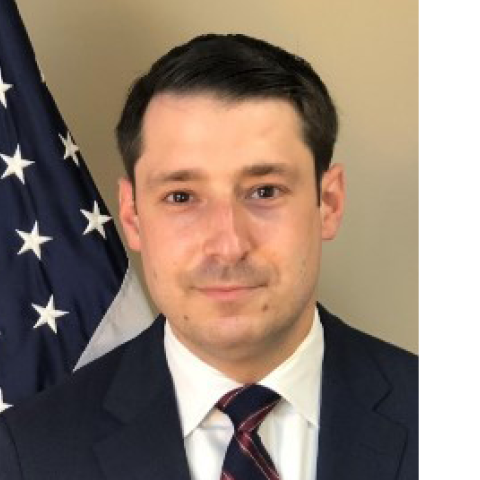What happens in Vegas, stays in Vegas. And what happens in Washington can spread consternation and do economic harm from coast to coast.
Americans are already alarmed by the prospect of trillion-dollar deficits as far as the eye can see and the consequent damage to our hopes for economic recovery.
Few are aware, however, of how a little noticed meeting at the U.S. Environmental Protection Agency on Tuesday could add a fresh layer of concern about the likelihood of an economic recovery in the very heartland of America.
EPA is about to conduct a redundant review of a commonly used herbicide called atrazine. It is not overstating the case to say that at stake is nothing less than the future health of the American farm economy - and for city folk, a plentiful supply of food at reasonable prices.
Atrazine has been used by farmers for more than 50 years to keep weeds and grasses from robbing water and nutrients from food crops. It is used on more than one-half of all U.S. corn (fed to farm animals, as well as humans), two-thirds of sorghum, and 90 percent of sugar cane. It is one of the primary elements that make American agriculture so phenomenally productive.
Atrazine is common because it is very effective and very gentle on plants other than weeds. The EPA estimates losing atrazine would cost farmers $28 an acre - a devastating hit that would, in this economy, mean the loss of many a family farm.
Is atrazine safe? In most cases, the EPA requires fewer than 200 studies to determine a product's safety. On atrazine - because it has been in continuous use since the 1950s - the EPA has some 6,000 atrazine studies in its file. EPA most recently re-registered atrazine for use in 2006 after completing an exhaustive review of more than 800 of these studies.
Nor does the EPA stand alone. The safety of atrazine has been affirmed by the World Health Organization and the governments of Australia and Great Britain. Atrazine is used in some 60 countries.
And yet - after just finishing this exhaustive review - the EPA has announced it will convene a scientific panel to take a fresh look at atrazine. The reason, the EPA candidly admitted in its announcement, is to respond to "articles in the media."
Many of these articles have lionized the work of a Berkeley professor, Tyrone Hayes, who says his studies show even tiny amounts of atrazine causes mutations and gender disorders in frogs. Atrazine is occasionally found in trace amounts in drinking water - though always under the regulatory limit of 3-parts per billion. The implication, of course, is that if atrazine can mutate frogs, what is it doing to you?
The problem, however, is that no other scientist has been able to repeat Mr. Hayes' findings.
In fact, after a thorough investigation, EPA itself concluded not one of Mr. Hayes' laboratory studies was performed with appropriate standards that other scientists regard as essential to sound science. EPA called Mr. Hayes' frog studies "compromised," and said his fieldwork suffered from "serious design or methodological flaws."
On the other hand, experts have found you could drink 21,000 gallons of water a day with these trace amounts of atrazine, and suffer no ill effects (aside from drowning internally).
If the EPA's hastily convened Science Advisory Panel is sensationalized, it will add credence to efforts by Stephen Tillery, a St. Louis lawyer partnered with a big Dallas law firm, to persuade local water districts to join class-action lawsuits against atrazine.
The irony is that atrazine is demonstrably an environmental boon. Americans release 6 billion tons of carbon emissions a year from fossil fuels. The U.S. Department of Energy estimates that extensive adoption of "no-till" farming (in which the Earth is not plowed) and other management practices would save as much as 50 billion tons of carbon emissions a year.
Atrazine is commonly used in this form of conservation agriculture, one that also protects cropland from erosion and reduces sedimentary runoff, the EPA's No. 1 pollutant of U.S. waterways.
Incredibly, in the face of this monolith of science, economics and environmental protection, a typical Inside-the-Beltway hysteria is forcing the scientists at EPA to take a redundant look at atrazine.
The only firewall between this hysteria and national harm is science. Will sound science prevail today? Millions are farmers are on edge, hoping the answer will once again be "yes."

















